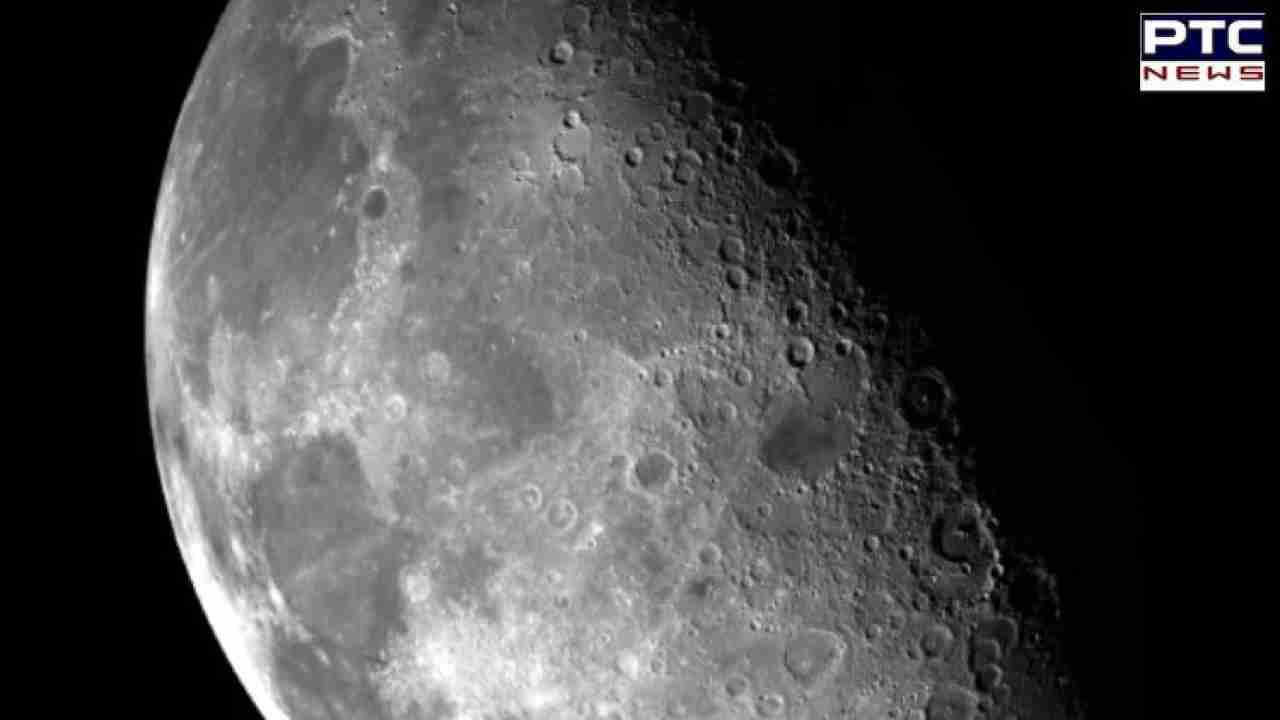

Study suggests Moon's age could be 40 million years greater than initially believed
PTC News Desk: Recent analysis of lunar crystals, brought back to Earth by Apollo astronauts in the 1970s, has unveiled a surprising revelation: the moon may be 40 million years older than previously believed. Researchers from the Field Museum and the University of Glasgow conducted this groundbreaking study, shedding new light on the moon's age, indicating that its oldest crystal is approximately 4.46 billion years old, rather than the previously estimated 4.52 billion years. The findings have been published in the journal Geochemical Perspectives Letters.
Dr. Jennika Greer, the lead author from the University of Glasgow, expressed the significance of this discovery, stating, "It's amazing being able to have proof that the rock you're holding is the oldest bit of the moon we've found so far. It's an anchor point for so many questions about the Earth. When you know how old something is, you can better understand what has happened to it in its history."
The innovative method used in this research is known as atom probe tomography, which involves employing a laser to evaporate atoms from crystals that have been precisely sharpened to a nano tip. This atom-by-atom analysis allowed scientists to count the number of atoms in the moon's crystals that have undergone radioactive decay.
By establishing a more accurate age for the moon, scientists can enhance their comprehension of the moon's history and evolution, as well as its relationship with Earth. Philipp Heck, a co-author of the study and a professor at the University of Chicago, emphasized the moon's importance, saying, "Without the moon, life on Earth would look different. It's a part of our natural system that we want to better understand, and our study provides a tiny puzzle piece in that whole picture."
The prevalent theory regarding the moon's formation is the giant-impact hypothesis, suggesting that at some point in Earth's early history, the Earth collided with another celestial body. The material ejected from this collision, held together by gravity, eventually coalesced to form the moon as we know it today. However, the specific timing of this collision and the duration of the moon's formation have remained elusive questions.
- With inputs from agencies
